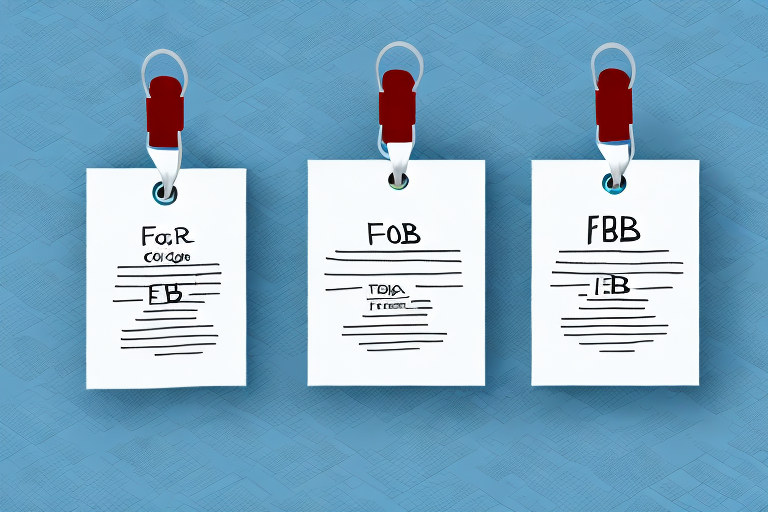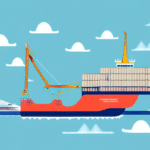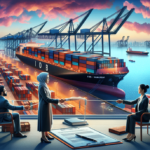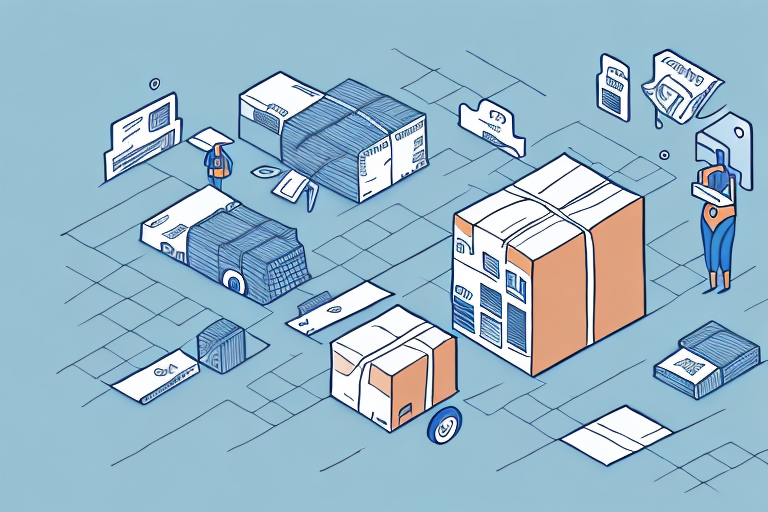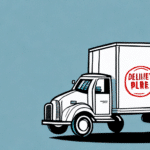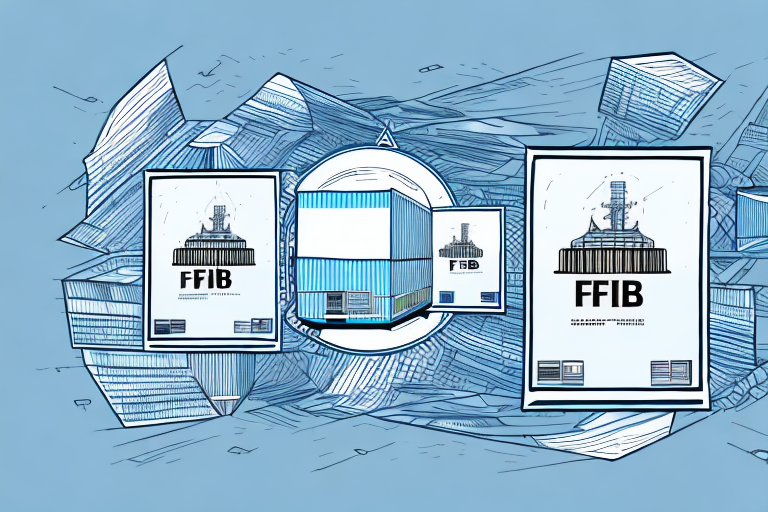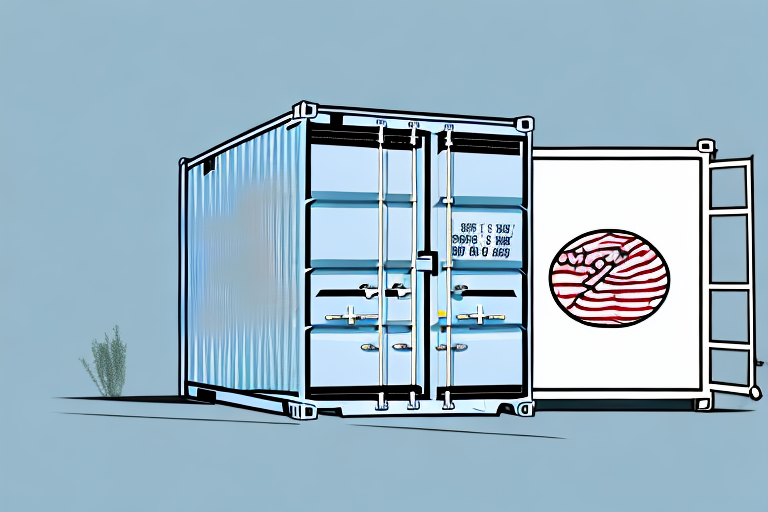Understanding FOB and Delivered Pricing Models
If you’re running a business that involves buying and selling goods, understanding FOB (Free on Board) and delivered pricing is essential for optimizing your shipping strategies and maximizing profits. These two pricing models determine how shipping costs and responsibilities are allocated between buyers and sellers, impacting both operational efficiency and customer satisfaction.
What is FOB Pricing?
FOB, which stands for “Free on Board,” is a pricing model where the seller is responsible for delivering goods to a specified point, usually a port of shipment. Once the goods are loaded onto the vessel, the responsibility and ownership transfer to the buyer, who then handles all subsequent shipping costs, insurance, and liabilities. According to Investopedia, FOB is commonly used in international trade, especially for bulk commodities.
For example, if a seller in China agrees to FOB shipping to Los Angeles, the seller will cover all costs and risks up to the port of Los Angeles. The buyer then assumes responsibility for transporting the goods from Los Angeles to their final destination, including paying for shipping fees, insurance, and any duties or taxes.
Pros and Cons of FOB Pricing
Using FOB pricing comes with its own set of advantages and disadvantages:
- Pros:
- Often less expensive for both parties as the buyer can choose their own carrier.
- Greater control over shipping methods and schedules.
- Potential for lower insurance costs if the buyer has preferred providers.
- Cons:
- Buyer bears the risk of loss or damage from the FOB point onward.
- Requires the buyer to manage international shipping logistics.
- May lead to higher total costs if the buyer lacks shipping expertise or volume discounts.
What is Delivered Pricing?
Delivered pricing, sometimes referred to as DDP (Delivered Duty Paid), is a pricing model where the seller assumes full responsibility for delivering the goods to the buyer’s specified location. This includes not only the cost of shipping but also handling, insurance, customs clearance, and any applicable duties or taxes. The buyer receives the goods ready for use, simplifying the procurement process.
For instance, under a delivered pricing agreement, a seller in China would handle all aspects of transporting goods to a buyer’s warehouse in the United States, including arranging shipping, filing customs paperwork, and paying any import duties.
Pros and Cons of Delivered Pricing
Delivered pricing also presents its own set of benefits and drawbacks:
- Pros:
- Convenience for the buyer, as the seller manages all shipping logistics.
- Reduced risk for the buyer, as the seller handles transportation and potential damages.
- Streamlined procurement process can enhance customer satisfaction.
- Cons:
- Typically more expensive for the seller, who must manage all shipping-related costs.
- Less control for the seller over the shipping process, potentially leading to inefficiencies.
- Complexity in dealing with international shipping regulations and customs on the seller’s part.
Key Differences Between FOB and Delivered Pricing
While FOB and delivered pricing both outline responsibilities for shipping costs and liabilities, the primary difference lies in where the responsibility shifts from the seller to the buyer:
- FOB Pricing: Seller’s responsibility ends once goods are loaded onto the transport at the designated point. Buyer handles all subsequent shipping costs and risks.
- Delivered Pricing: Seller is responsible for delivering goods to the buyer’s specified location, covering all associated costs and risks until delivery.
This distinction affects not only cost allocation but also logistics management and risk exposure, making the choice between FOB and delivered pricing a strategic business decision.
Calculating Freight Costs for FOB and Delivered Pricing
Freight Cost Components in FOB Pricing
In FOB pricing, the buyer is responsible for the following freight costs once the goods are loaded onto the vessel:
- Ocean freight from the FOB point to the destination port.
- Insurance for the goods during transit.
- Customs duties and taxes upon arrival.
- Inland transportation from the destination port to the final location.
- Any additional handling or storage fees incurred during transfer.
Freight Cost Components in Delivered Pricing
Delivered pricing includes all freight costs from the seller’s location to the buyer’s specified destination:
- Ocean freight from the seller’s port to the buyer’s port.
- Insurance during transit.
- Customs duties and taxes.
- Inland transportation to the buyer’s final location.
- Any additional handling or storage fees.
Calculating Total Costs
To accurately calculate total costs under each pricing model, businesses must consider:
- Shipping Distance: Longer distances typically result in higher freight costs.
- Volume and Weight of Goods: Larger or heavier shipments incur higher shipping fees.
- Shipping Method: Air freight is faster but more expensive than ocean freight.
- Insurance Rates: Vary based on the value and type of goods being shipped.
- Customs Duties and Taxes: Dependent on the nature of the goods and destination country’s regulations.
Utilizing freight calculators provided by logistics companies or consulting with a freight forwarder can help in estimating these costs more accurately. For example, Freightos offers tools to estimate shipping costs based on various parameters.
Negotiating with Suppliers: Choosing FOB or Delivered Pricing
Choosing the appropriate pricing model often involves negotiations with suppliers. Consider the following when negotiating:
- Control Over Logistics: Determine whether your business has the capacity to manage shipping logistics effectively (favoring FOB) or if you prefer the convenience of having the supplier handle it (favoring delivered pricing).
- Cost Implications: Analyze the total cost under each model, including potential hidden fees and the flexibility to choose your own shipping partners with FOB.
- Risk Management: Consider the level of risk your business is willing to assume during transit, as FOB places more responsibility on the buyer.
- Supplier Capabilities: Some suppliers may only offer one of the pricing models, so it's essential to assess their flexibility and reliability in managing logistics.
Effective negotiation can lead to favorable terms that align with your business’s operational needs and financial objectives.
Choosing the Right Pricing Model for Your Business
Deciding between FOB and delivered pricing depends on various factors unique to your business, including:
- Shipping Volume: High-volume shipments may benefit from FOB pricing, allowing you to negotiate better rates.
- Geographical Reach: If your business operates internationally without an established logistics network, delivered pricing may offer necessary support.
- Resource Availability: Assess whether your business has the resources to manage customs, shipping, and logistics effectively.
- Product Type: Fragile or high-value items may be better suited for delivered pricing to minimize handling risks.
Aligning your pricing model with these factors ensures operational efficiency and enhances customer satisfaction.
Common Mistakes and Tips for Maximizing Profitability
Common Mistakes to Avoid
- Inadequate Cost Analysis: Failing to thoroughly compare costs under each pricing model can lead to unexpected expenses.
- Poor Communication with Suppliers: Misunderstanding contract terms related to pricing and responsibilities can cause logistical issues.
- Neglecting to Factor in All Expenses: Overlooking fees such as customs duties, insurance, or storage can erode profit margins.
Tips for Maximizing Profitability
- Leverage Volume Discounts: Both buyers and sellers can benefit from negotiating bulk shipping rates.
- Build Strong Relationships with Reliable Suppliers: Trustworthy suppliers can offer better terms and more flexible pricing options.
- Use Technology and Automation: Implementing logistics software can streamline shipping processes and reduce errors.
- Stay Informed About Trade Regulations: Understanding international trade laws and tariffs helps in avoiding compliance-related delays and costs.
Future Trends in FOB and Delivered Pricing
The logistics and shipping industry is continually evolving, and several trends are shaping the future of FOB and delivered pricing:
- Increased Automation: AI and machine learning are enhancing supply chain efficiency by predicting shipping times and optimizing routes.
- Sustainability Initiatives: Businesses are prioritizing eco-friendly shipping options, influencing pricing models that account for carbon footprints.
- E-commerce Growth: The rise of online retail is driving demand for more flexible and customer-centric delivery options.
- Global Trade Agreements: New trade policies can impact shipping costs and the feasibility of different pricing models.
Staying abreast of these trends allows businesses to adapt their pricing strategies proactively and maintain a competitive edge.
Conclusion
Choosing between FOB and delivered pricing is a critical decision that impacts your business’s logistics, costs, and customer satisfaction. By understanding the key differences, carefully calculating freight costs, and aligning the pricing model with your operational needs and strategic goals, you can optimize your supply chain and enhance profitability. Avoid common pitfalls by conducting thorough cost analyses and maintaining clear communication with your suppliers. As the shipping industry evolves, staying informed about emerging trends will ensure your business remains agile and competitive.
Ultimately, the right pricing model depends on your specific business circumstances, resources, and priorities. Whether you choose FOB or delivered pricing, a well-informed decision will support your business’s growth and success in the global marketplace.















